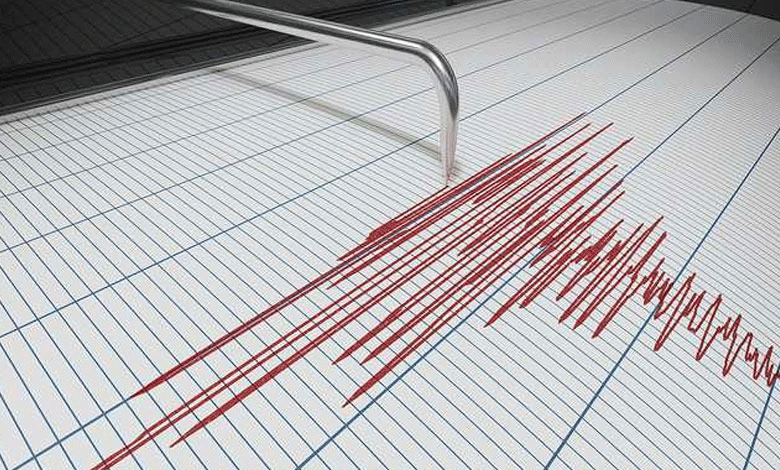7.1 Magnitude Earthquake Jolts Nepal; Tremors Felt Across North India
"Powerful 7.1 magnitude earthquake strikes Nepal near the Tibet border, with tremors felt across North India including Delhi-NCR, Bihar, and Sikkim. Get updates on impact, epicenter details, and safety measures."

New Delhi: A powerful earthquake measuring 7.1 on the Richter scale struck Nepal on Tuesday morning, causing widespread tremors across North India, including Bihar, West Bengal, Sikkim, and the Delhi-NCR region.
The earthquake, which occurred at 6:35 AM IST, prompted residents to rush out of their homes in panic.
Table of Contents
Epicentre and Seismic Details
The National Centre for Seismology (NCS) reported that the earthquake’s epicentre was located in Xizang (Tibet Autonomous Region), near the Nepal border, at latitude 28.86° N and longitude 87.51° E. The quake occurred at a shallow depth of 10 kilometres, intensifying its impact.
The NCS posted on X (formerly Twitter): “EQ of M: 7.1, On: 07/01/2025 06:35:18 IST, Lat: 28.86 N, Long: 87.51 E, Depth: 10 Km, Location: Xizang.”
Aftershocks Reported
Two significant aftershocks were recorded shortly after the main tremor:
- Magnitude 4.7 at 7:02 AM IST – Epicentre at latitude 28.60° N, longitude 87.68° E, with a depth of 10 kilometres.
- Magnitude 4.9 at 7:07 AM IST – Epicentre at latitude 28.68° N, longitude 87.54° E, with a depth of 30 kilometres.
These aftershocks caused further panic among residents but did not result in any reported casualties or property damage.
Impact in Nepal and India
The earthquake’s tremors were strongly felt in several parts of Bihar, West Bengal, and Sikkim. In the Delhi-NCR region, residents reported shaking furniture and swaying ceiling fans. Many rushed to open spaces as a precaution.
In Nepal, which lies in a seismically active region where the Indian and Eurasian tectonic plates collide, the earthquake raised concerns due to the area’s history of devastating quakes. The epicentre was approximately 93 kilometres northeast of Lobuche, near the Khumbu Glacier and close to Everest Base Camp. This region is located about 150 kilometres east of Kathmandu.
No Casualties or Damages Reported
Authorities in both Nepal and India confirmed that no casualties or significant property damage had been reported as of now. Emergency response teams are on high alert, and monitoring efforts continue to assess any delayed impacts.
Why Nepal Is Prone to Earthquakes
Nepal’s geographical location along the Himalayan belt makes it a hotspot for seismic activity. The region experiences frequent earthquakes due to the collision of the Indian and Eurasian tectonic plates. This tectonic activity has caused major earthquakes in the past, including the devastating 2015 earthquake that resulted in significant loss of life and property.
Also Read | 5.3 Magnitude Earthquake Hits Telangana
Precautionary Measures in Place
Authorities in India and Nepal have urged citizens to remain vigilant and follow safety protocols during aftershocks. The Indian government has advised residents in affected areas to:
- Avoid damaged buildings.
- Stay away from glass windows and structures that may collapse.
- Keep essential items like water, flashlights, and first aid kits handy.
In Nepal, local agencies are coordinating with international seismic monitoring organizations to evaluate potential risks and provide timely updates.
Global Monitoring and Reactions
The United States Geological Survey (USGS) also reported the earthquake, noting its proximity to Lobuche, a popular destination near Everest Base Camp. This global attention underscores the potential impact of such seismic events in the Himalayan region.
